Some people think building a business means building a catalog.
They get caught up chasing variety—more offers, more packages, more “stuff.” But for a surprising number of successful founders, the exact opposite is true.
They didn’t start with ten products. Or five. Or even two.
They started with one.
One offer. One idea. One solution to one problem.
And they didn’t add more until they’d squeezed every ounce of value out of it.
The truth is, if you’re wondering how to start a business with one product—you’re probably asking the smarter question.
You don’t need ten offers—you need one great one
You don’t need a funnel that takes six months to build. You don’t need a product suite, a course bundle, or a team of marketers. You need something people want—and a way to deliver it consistently.
One product forces focus. And focus is what most new businesses are missing.
One product means less noise, more clarity
It’s easy to get caught in the cycle of adding things: upsells, bonuses, side offers, custom tiers. But every new item on your menu adds complexity—not just to your business, but to your message.
When you sell one thing, your messaging gets sharper. Your site is cleaner. Your pitch is easier to repeat.
You’re not asking people to browse. You’re giving them a clear reason to say yes.
Most people don’t fail from lack of ideas—they drown in them
Being creative can backfire if you don’t channel it. Some solopreneurs tinker endlessly—building half-finished digital products, half-baked service offers, or products no one asked for.
One great idea, fully developed, can out-earn a dozen scattered ones. Simplicity scales because it creates space for depth. And that’s where loyalty comes from.
Going deep, not wide, creates momentum faster
When you double down on one product, you can refine the way you talk about it. You can improve the delivery. You can build systems that make it easier to sell and easier to fulfill.
It’s the difference between being busy and building traction.
Real founders who built businesses from one product
This isn’t theory. There are thousands of entrepreneurs who built full-time income streams by going all in on one product. Here are a few who did it without a giant team or a huge audience.
The designer who sold one journal and built a lifestyle brand
She started on Etsy, selling a hand-bound journal focused on wellness and mindfulness. It wasn’t flashy. It wasn’t cheap to make. But it resonated.
Instead of launching five more designs, she turned the content inside that journal into a digital version. Then a mini-course. Then a printable kit.
That single idea—structured reflection—became the core of her brand. Not because she kept creating new things. But because she kept refining the same thing for new formats.
The personal trainer with a single signature course
This trainer didn’t offer meal plans, one-on-one coaching, or live sessions.
He built one 12-week strength program for a specific group: busy dads who wanted to get strong without spending an hour at the gym.
That was it.
He created a simple, no-fluff course and used Instagram to share real results and behind-the-scenes videos. When people signed up, they didn’t feel like one of many—they felt like they’d found the only program made for them.
The soapmaker who made one scent and said no to wholesale
She sold exactly one bar of soap: cedar, charcoal, and lavender.
Every label had her handwriting. Every product was wrapped in recycled fabric. She didn’t chase wholesale accounts or expand her scent line. She built a direct-to-consumer brand around the story of that single bar.
Her customers didn’t want variety. They wanted consistency. They kept buying because she made something they couldn’t get anywhere else—and didn’t dilute it.
How to scale one offer without adding complexity

Simplicity doesn’t mean staying small. It means growing in a straight line—not in a hundred different directions.
Package the same idea multiple ways
Let’s say you have one core product—a productivity course, a signature coaching service, or a niche physical item. That concept can be repackaged.
Offer a DIY version (a guide or template), a standard product (the thing you sell now), and a premium experience (done-with-you, custom version, or limited access).
Same idea. Different formats. No new creation needed.
Automate what people ask for most
If you’re getting the same questions over and over, that’s an opportunity.
Turn those responses into a welcome email sequence. Build a FAQ page. Add onboarding content. Create short videos to answer sticky points.
Automation isn’t about being impersonal. It’s about giving people what they need before they have to ask.
Add tiers without reinventing the wheel
You don’t need more offers to serve more people. Sometimes all you need are options.
Offer a base product for self-starters. Add a mid-tier with some handholding. Create a top-tier that gives them direct access or behind-the-scenes extras.
It’s still the same product. You’re just meeting people at different levels of support.
What you focus on instead of adding more products
Here’s where the real work begins. Once you’ve got one product that people want, it’s tempting to launch something new. But the smartest thing to do is double down.
Improve the product with real feedback
Watch what buyers say. Study how they use it. Listen to what confuses them.
Then improve that.
Refine the content. Smooth out the delivery. Cut what isn’t necessary. Sharpen your messaging.
A better product makes every future sale easier.
Build an ecosystem around the product
One product doesn’t mean one touchpoint.
You can surround that product with a free newsletter, helpful content, or a private community. You can host Q&As, share behind-the-scenes updates, or send weekly tips related to the product.
That ecosystem creates engagement, trust, and retention. And it turns one product into a brand.
Become known for that one thing
When someone says your name, what do you want them to associate with you?
Trying to be good at everything keeps you forgettable. But becoming excellent at one thing makes you referable.
It creates clarity—not just for your customers, but for you.
One product is enough—if you build it right
You don’t need a long list of offers. You don’t need to keep chasing what’s new. You just need a clear product, a clean pitch, and the patience to build it into something that lasts.
One product can become a full-time business if you treat it like one.
And if you want to surround yourself with other founders who’ve taken the same path, you’ll find them at the Global Entrepreneurial Club. No hype. No fluff. Just real strategies that scale the simple things.



